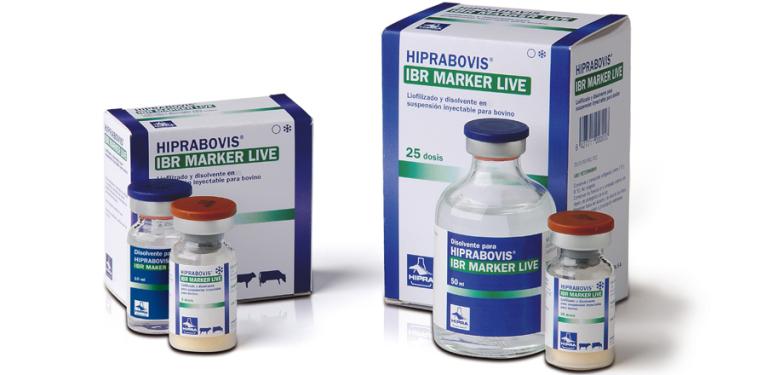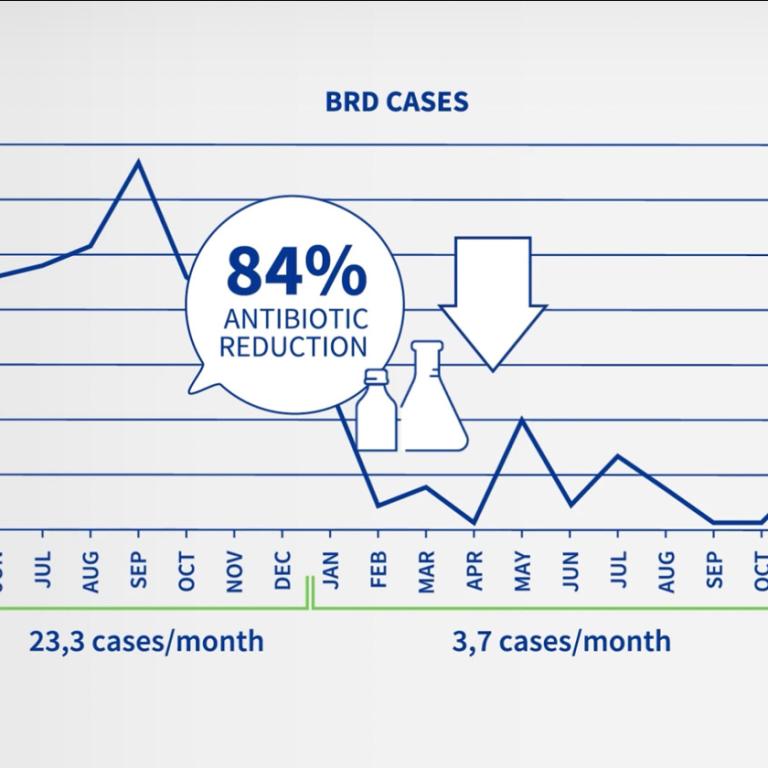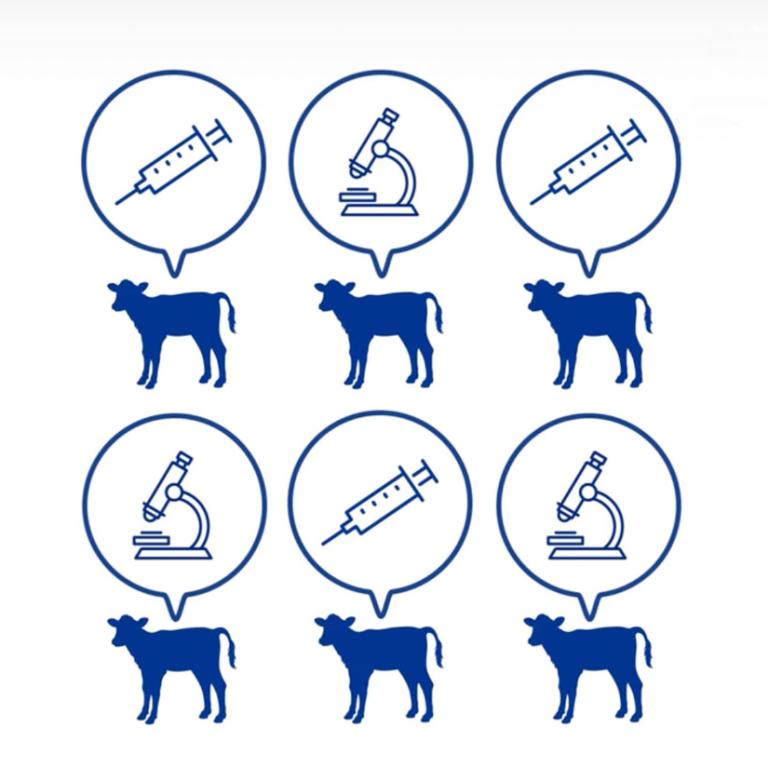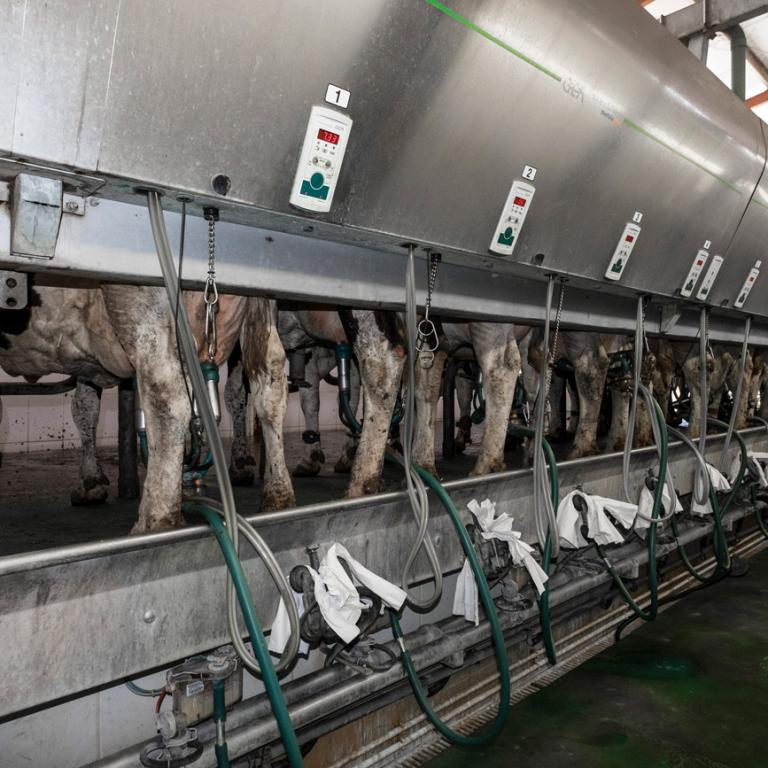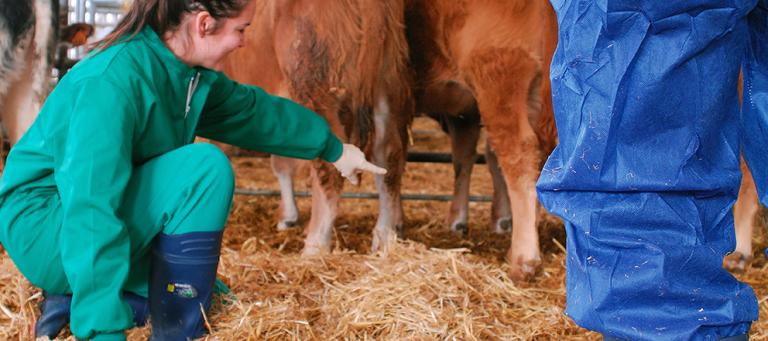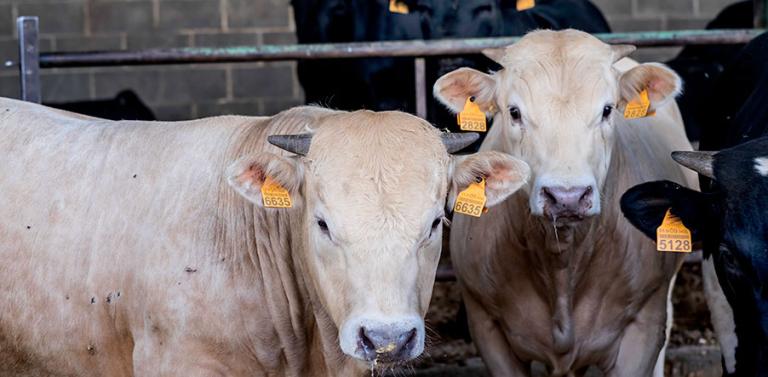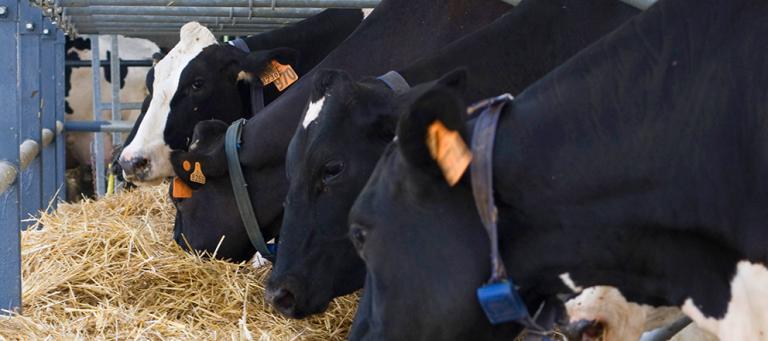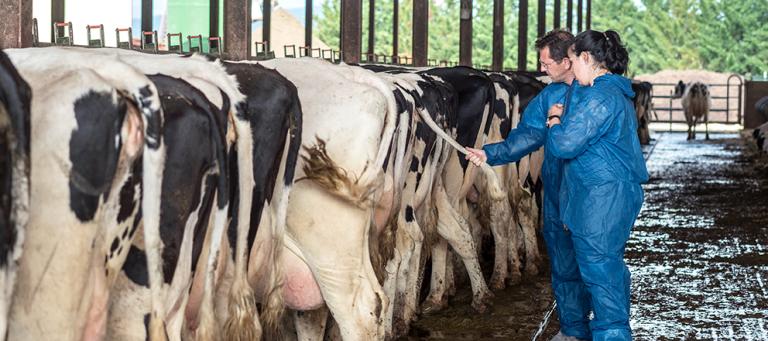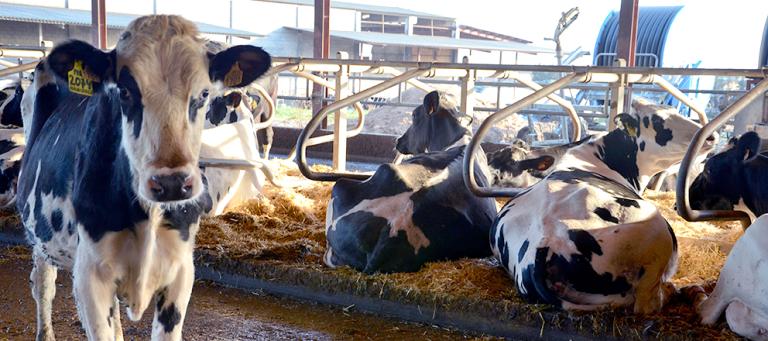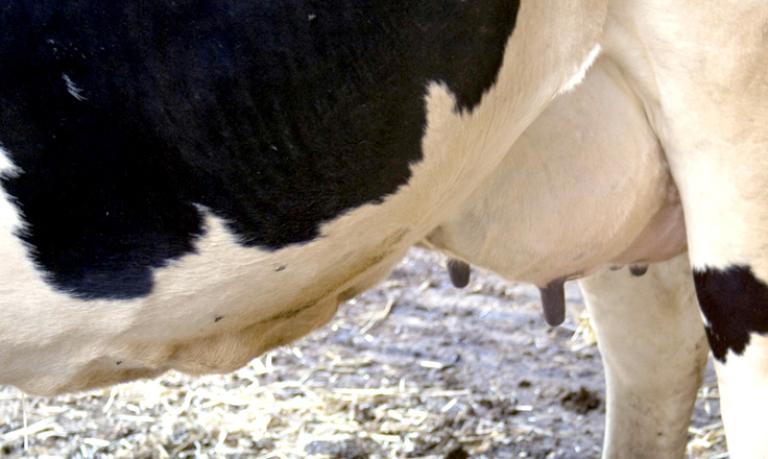Bovine Respiratory Disease (BRD) is a complex infection caused by several factors such as stress, viruses and bacteria. Bacteria play an important role in the disease not only as secondary agents, but also as primary ones.
Bovine pneumonic mannheimiosis (commonly known as shipping fever) is caused by Mannheimia haemolytica, a member of the Pasteurellaceae family of bacteria. Biotype A, serotype 1 is widely recognised in the literature as the most important primary pathogen that causes severe pneumonia that results in the death of calves. It is the most isolated bacteria in cases of BRD in feedlots and is an important factor in enzootic pneumonia in neonatal calves.
M. haemolytica is an opportunistic bacterium that gains access to the lungs when the defences of the calf are compromised due to stress factors or viral infections. It is believed that the pathogenesis occurs when some of these factors decrease the effectiveness of the mucociliary barrier and resident macrophages, facilitating the colonisation and proliferation of M. haemolytica from the upper to the lower respiratory tract via inhalation. An inflammatory reaction is caused in the lung due to the active multiplication of the bacteria, and the release of some virulence factors results in the characteristic pattern of fibrinous bronchopneumonia.
M. haemolytica contains numerous virulence factors among which are the leukotoxin (LtxA), lipopolysaccharide (LPS), outer-membrane proteins (OMPs), iron regulatory proteins (IRPs), fimbriae, polysaccharide capsule, adhesins and antibiotic resistance-carrying plasmids. Of these, the LtxA has been widely recognised in the literature as the virulence factor that most contributes to the pathogenesis of the disease. It mediates the infiltration of the bacterium and the destruction of neutrophils and macrophages, which impairs the bacterial clearance mechanism and contributes to the development of the above-mentioned lung lesions.
The low specificity and sensitivity of the bacterial cultures complicates the interpretation of the diagnosis of M. haemolytica. There are six commensal species of Mannheimia in the upper respiratory tract, which is why additional biochemical tests are required for determining the exact species. This makes their identification laborious.
Antibiotics are used routinely both prophylactically and therapeutically, although they are not always as effective as expected because of diagnostic difficulties, treatment protocols and the development of antimicrobial resistance. Prevention of infections with this bacterium requires effective vaccines together with improved management practices. Bacterin-based vaccines have been described as ineffective in numerous publications and, in some cases, are associated with an increased incidence and severity of BRD. Innovative vaccines use culture supernatants containing LtxA and other antigens, alone or in combination with bacterins.







